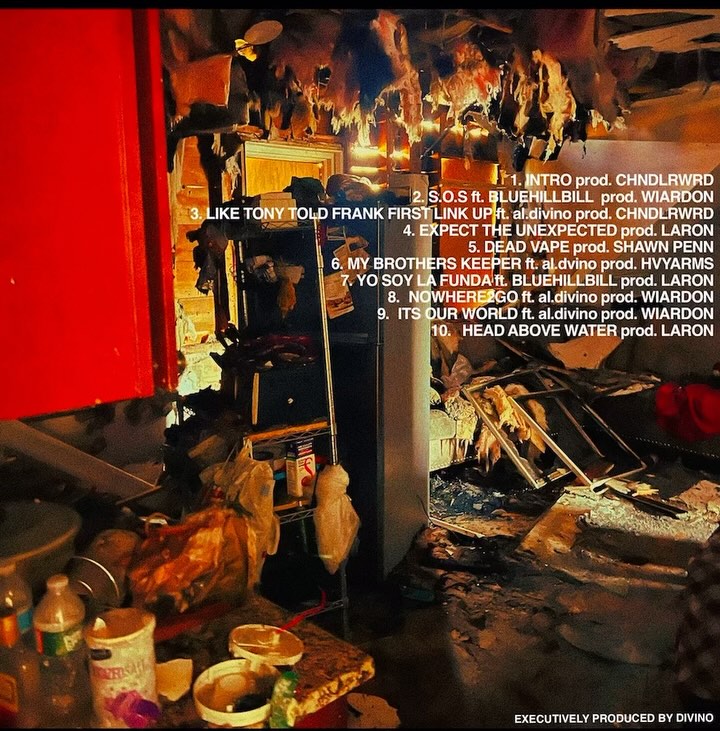The best bank accounts have high interest rates, no fees, and creative perks
The two things that I always recommend when shopping for a new bank account are to look for high interest rates and no monthly or minimum balance fees, since those benefits help you earn the most you can on your money.
Beyond those features, I’ve been really impressed by some of the creative new offerings that banks have been giving to consumers. They include round-up savings programs and overdraft buffers (more on that later). Other features have become a bit more common, like two-day early direct deposit, ATM fee reimbursements, cash back on debit card spending, and “buckets,” which are subaccounts within your main savings account that you can create for different savings goals. If you’re shopping for a new account, be sure to look into these added benefits.
Different types of accounts are designed to help you achieve different goals
This might be common knowledge to some people, but it wasn’t until I became a banking writer that I learned how you’re supposed to use checking accounts, savings accounts, and certificates of deposit effectively for different purposes.
Checking accounts are a holding place for the money you’re going to spend in the near future, like bills. Savings accounts are meant to help you earn interest and still be accessible, so they’re great for money you don’t need immediately but still want to be able to withdraw. CDs are also great for earning interest, but unless you get a no-penalty CD, you won’t be able to access your funds before the term length is up without being hit with a penalty.
With all this in mind, you should align the timing of your financial goals with the right account.
Maximize your emergency fund with a high-yield savings account
According to a 2024 NerdWallet study, 84% of Americans experience financial stress, and after the cost of food and housing, a lack of savings is one of the biggest reported stressors. Expert opinion varies regarding how much you should have in your emergency fund, but it’s a good idea to have enough to weather a potential job loss, usually three-to-six months’ worth of necessary expenses.
If that seems out of reach, then even $1,000 in savings could help you sleep better at night knowing that you could afford a minor car repair or an unexpected trip. You want that money to be accessible and earn interest, so a high-yield savings account is the best place to put that money.
Banks have created more and better options for avoiding overdraft fees
Not only is the government pushing banks to bring down the costs of overdrafts overall — in January 2024, the Consumer Financial Protection Bureau said that their recent efforts have resulted in $3.5 billion in annual consumer savings on overdraft fees — there are some banks that have already taken the initiative to offer things like overdraft fee buffers.
These buffers allow customers to put their account into a negative balance up to a certain amount — some as high as $200 — without charging a fee, as long as customers replenish their bank accounts ASAP, like with a savings transfer or check deposit. For a lot of people, that bit of leeway can help them bridge the gap until their next paycheck. I think it’s great that some banks have recognized how useful that feature can be for people who are in a financial pinch.
Before you open an account, make sure you research it thoroughly
You might not want to spend as much time reading fine print as I do, but at the very least you should give your terms and conditions a once-over. Be sure that you’re aware of fees and interest rates, as well as any stipulations that the bank has. For example, a bank might require you to jump through some hoops — like depositing a certain amount of money or making a certain number of debit transactions each month — to avoid fees or earn interest. Some are manageable, while others might be excessive.
Make sure you also look up the bank online to see what review sites and consumers are saying about it; knowledge is power.














